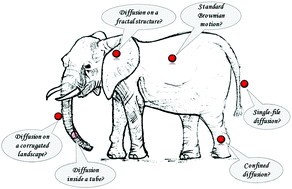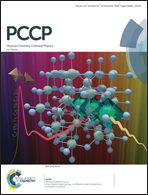Bayesian analysis of single-particle tracking data using the nested-sampling algorithm: maximum-likelihood model selection applied to stochastic-diffusivity data
Abstract
We employ Bayesian statistics using the nested-sampling algorithm to compare and rank multiple models of ergodic diffusion (including anomalous diffusion) as well as to assess their optimal parameters for in silico-generated and real time-series. We focus on the recently-introduced model of Brownian motion with “diffusing diffusivity”—giving rise to widely-observed non-Gaussian displacement statistics—and its comparison to Brownian and fractional Brownian motion, also for the time-series with some measurement noise. We conduct this model-assessment analysis using Bayesian statistics and the nested-sampling algorithm on the level of individual particle trajectories. We evaluate relative model probabilities and compute best-parameter sets for each diffusion model, comparing the estimated parameters to the true ones. We test the performance of the nested-sampling algorithm and its predictive power both for computer-generated (idealised) trajectories as well as for real single-particle-tracking trajectories. Our approach delivers new important insight into the objective selection of the most suitable stochastic model for a given time-series. We also present first model-ranking results in application to experimental data of tracer diffusion in polymer-based hydrogels.



 Please wait while we load your content...
Please wait while we load your content...